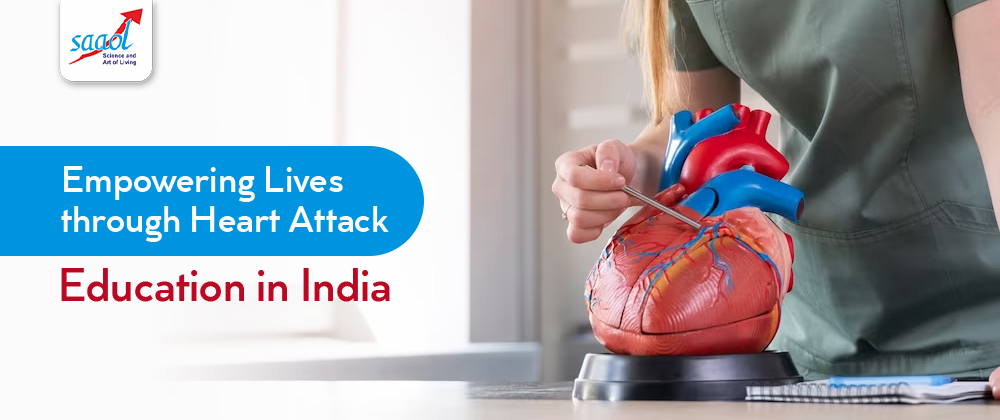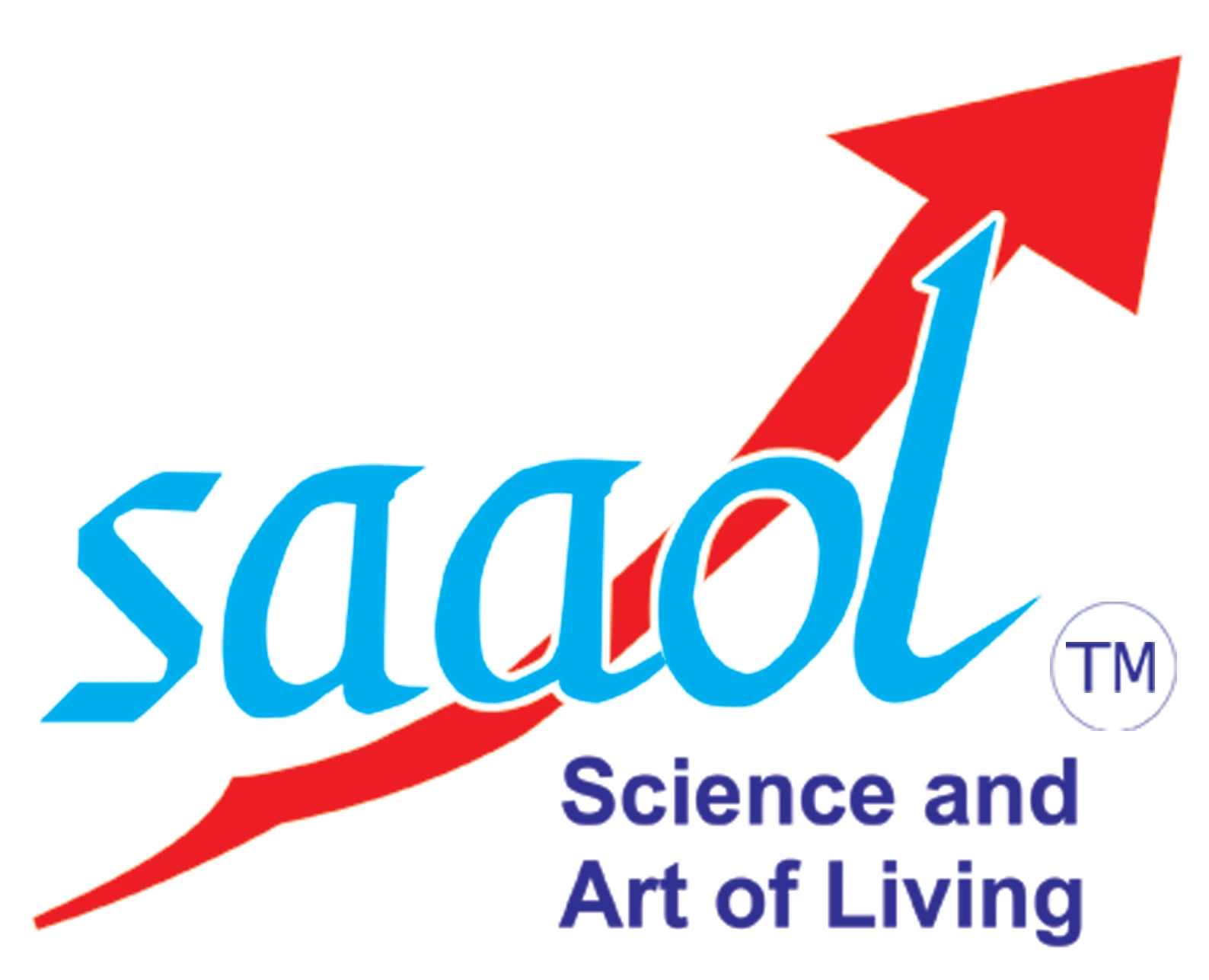Empowering Lives through Heart Attack Education in India
SAAOL
- August 17, 2023
- 4 Min Read

Empowering Lives through Heart Attack Education in India
In a nation as diverse as India, the human heart symbolizes not just a physical organ but also the core of emotions and life itself. Yet, it is disheartening to witness the growing prevalence of heart attacks in the country, affecting people from all walks of life. This alarming trend calls for a paradigm shift in our approach to heart health, with a primary focus on heart attack education. In this blog, we delve into the significance of heart attack education in the Indian context and explore how it can save lives and foster a healthier nation.
Understanding the Indian Heart Health Landscape
India faces a unique set of challenges when it comes to heart health. Factors such as changing lifestyles, increased stress levels, urbanization, and a shift towards unhealthy dietary habits have contributed to the rising incidence of heart attacks across the nation. Furthermore, the lack of awareness and limited access to quality healthcare services in some regions make the situation even more critical.
Empowering Lives through Knowledge
Early Detection Saves Lives:
Heart attack education plays a pivotal role in early detection. Many Indians, especially in rural areas, may not be aware of the warning signs or may confuse them with less severe conditions. By educating communities about the common symptoms, such as chest pain, discomfort in the upper body, and shortness of breath, we enable them to recognize the urgency and seek medical assistance promptly.
One of SAAOL’s patient- Ramesh, a 45-year-old farmer from a remote village in Rajasthan, experienced chest pain but dismissed it as mere indigestion. Fortunately, a health awareness campaign in his village enlightened him about the signs of a heart attack. He rushed to the nearest medical facility, where timely intervention saved his life.
Emphasizing Lifestyle Modifications:
Heart attack education in India should focus on the significance of lifestyle changes to mitigate risk factors. Unhealthy diets, lack of physical activity, tobacco use, and stress are among the leading contributors to heart disease. By promoting healthier habits and diets enriched with fruits, vegetables, and whole grains, we can empower individuals to safeguard their hearts.
Example: Priya, a 35-year-old working professional in Bengaluru, struggled with obesity and a sedentary lifestyle. After attending a heart health workshop organized by a local NGO, she made small yet impactful changes to her routine. Regular exercise, balanced meals, and stress management not only helped her shed excess weight but also improved her heart health significantly.
Access to Non-Invasive Heart Care:
In a country where the fear of invasive procedures often deters people from seeking medical help, non-invasive treatments offer a ray of hope. Heart attack education should highlight centers like the SAAOL Heart Center, which have garnered trust for their non-invasive and holistic approach to heart care.
Example: Deepak, a 50-year-old businessman in Delhi, was diagnosed with severe coronary artery disease. Fearful of surgery, he sought alternatives and discovered SAAOL Heart Center. With personalized lifestyle changes and advanced treatments like EECP (Enhanced External Counterpulsation), Deepak experienced significant improvement in his heart function without going under the knife.
Let us join hands in fostering a healthier India by prioritizing heart attack education. Be vigilant about your heart health, recognize the warning signs, and encourage your loved ones to do the same. Reach out to India’s most trusted non-invasive heart care treatment provider, SAAOL Heart Center, to explore proactive measures for a stronger heart.
Conclusion
Heart attack education is not just a choice but a necessity in India. By creating awareness, encouraging lifestyle modifications, and providing access to non-invasive heart care, we can prevent heart attacks, empower lives, and build a healthier nation. Together, let us rewrite the narrative of heart health in India, where every heartbeat resonates with vitality and well-being.
